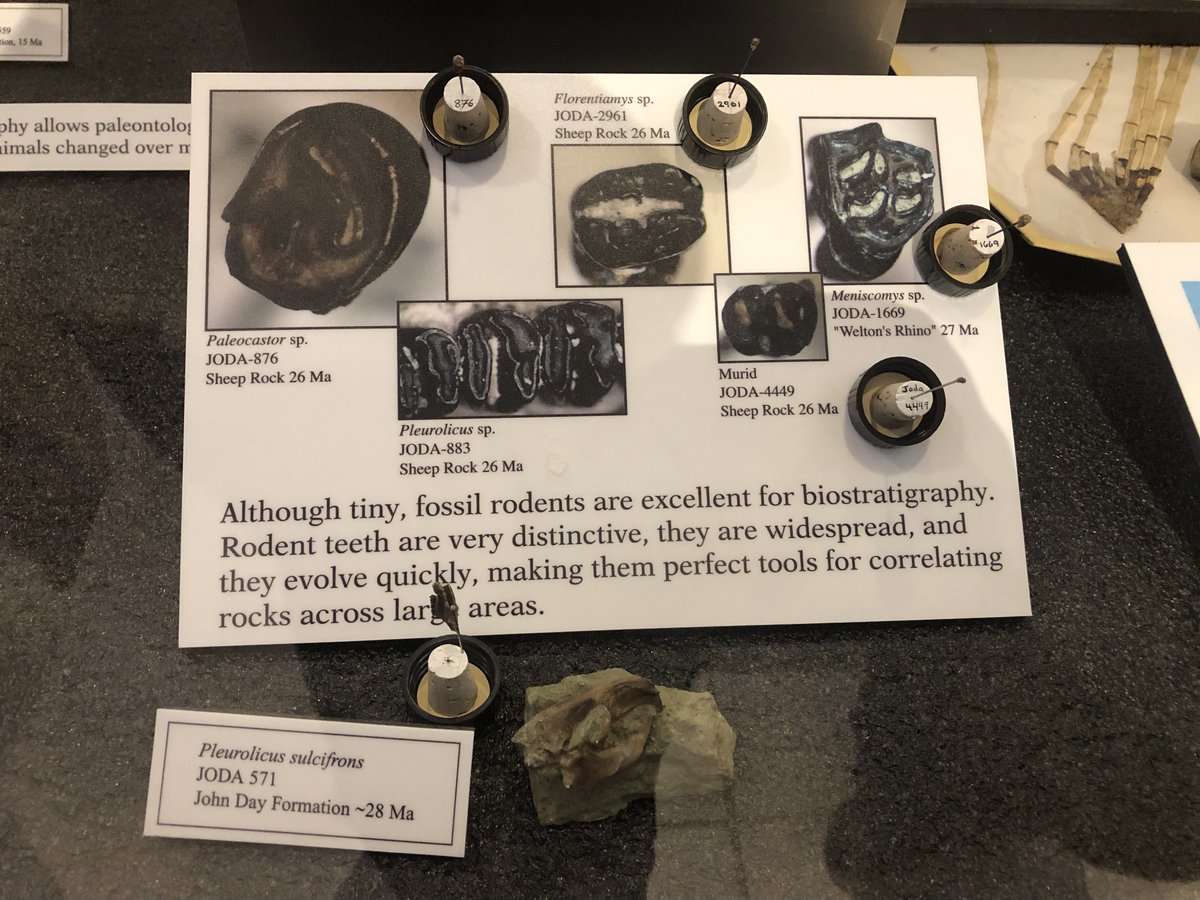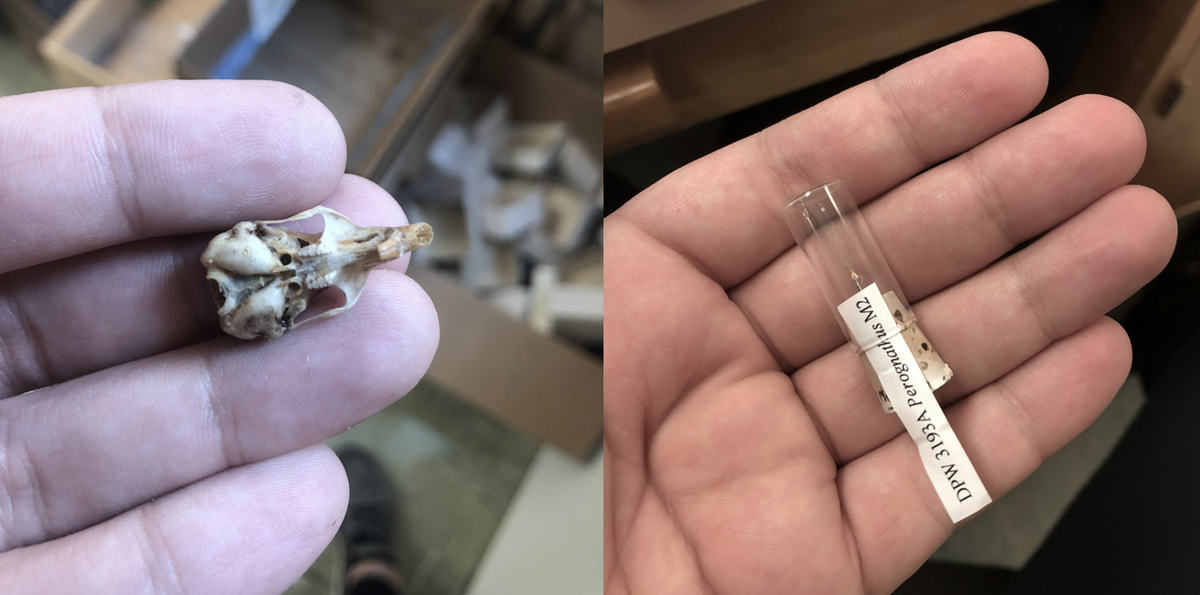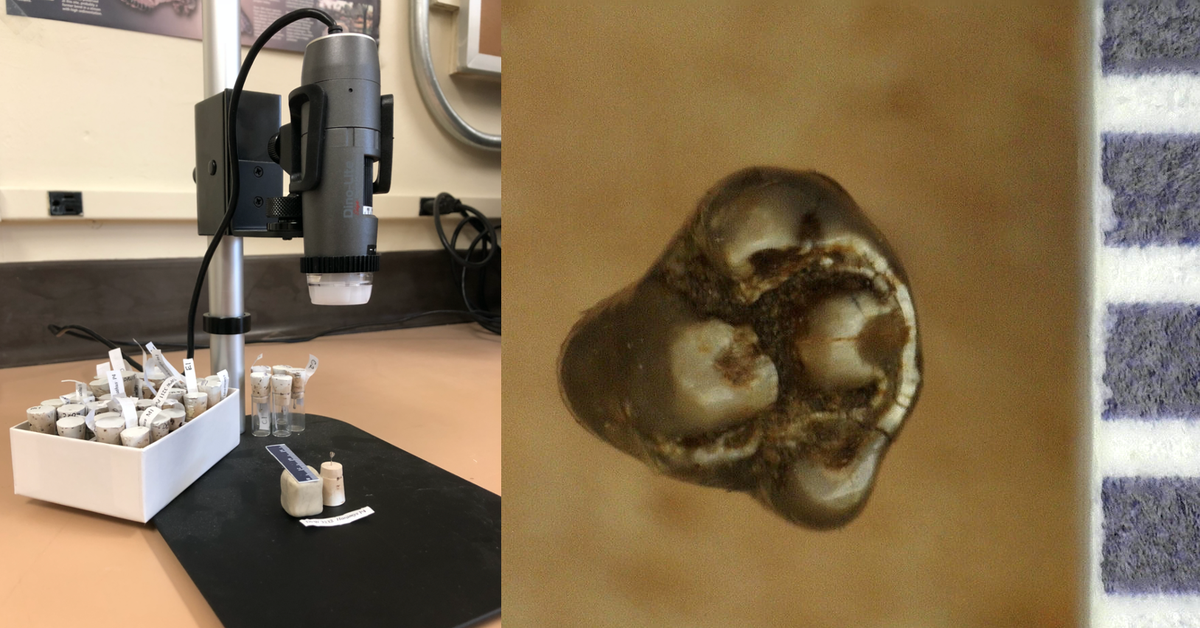Many people don& #39;t understand why I study rodents in the fossil record. Don& #39;t get me wrong, when I started as a paleontologist, I had no idea I would fall in love with rodent paleontology. So, I want to give you a taste of why rodent paleontology is awesome for #FossilFriday
1: Rodents are very diverse! Rodents have a wide range of ecologies and habitats, which can show us how mammalian traits evolved through time!
2: Because rodents are small, they can show us local-scale changes in the fossil record. Unlike equids or felids that can travel miles in a day, small mammals can show us how populations in individual valleys differ.
3: Also, they are herbivores! So we can learn about the flora they ate and the predators that hunted them, even if one or both of those are not preserved.
4: They are easy to identify. The dental morphology is very distinct for different families of rodents. So it is easy to tell apart a gopher from a beaver, rat, or squirrel just by looking at the teeth! Pictured is an exhibit in the John Day Fossil Beds illustrating this.
5: They are small, so we can store a lot of them in museums! Pictured here are some specimens that I work on. On the left, a modern Perognathus parvus skull, on the right, a fossil tooth from the same genus.
6: Even though they are small, we can use microscope cameras to see all of the detail on the skulls and teeth!
7: My personal favorites are the pocket mice (heteromyid rodents). They arose about 16 million years ago and lived all over North America. Plus, they have living relatives today!
8: There are many exciting opportunities in small mammal paleontology research! Feel free to message me to collaborate and learn more!

 Read on Twitter
Read on Twitter






